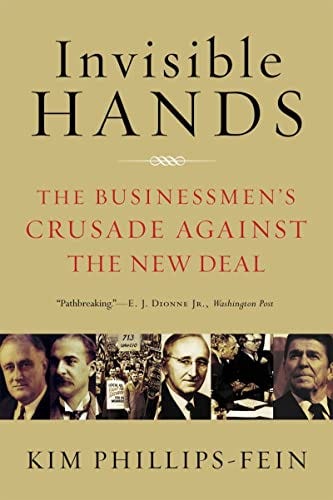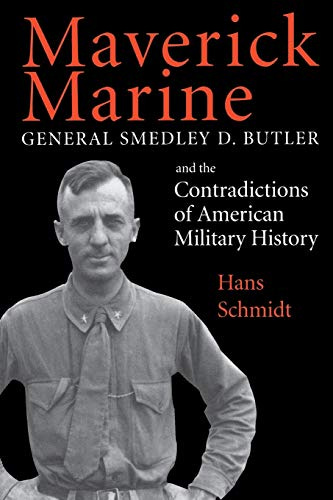As a lot of you know, last week, a true-crime podcast plagiarized sections of my book, Gangsters of Capitalism — most likely via a pre-publication excerpt that ran online in Rolling Stone. (You can read a good write-up of the situation by a historian here; I summarized the evidence here.)
I don’t want to relitigate the mess (though I’m still waiting for an apology from the Chilluminati Podcast and host Jesse Cox). But the fight over citations and sources inspired me to do another edition of my occasional annotated bibliography of sources I used in writing the book (previous editions here, here, and here). Or maybe you found this newsletter through the unexpected shoutout Rachel Maddow gave Gangsters on her show this week and would be interested in going deeper. Either way, hope you enjoy.
As always, this is just a sampling: The selected bibliography of Gangsters runs seven pages, roughly 200 titles worth, and there are still more books listed in the nearly 1,000 endnotes that follow. But here are five more sources you can read if you’re interested in going deeper into the histories and ideas I explore in Gangsters — all of which are worth reading on their own:
Invisible Hands: The Businessmen’s Crusade Against the New Deal
Kim Phillips-Fein
In disclosing the Business Plot to the Special House Committee on Un-American Activities, Smedley Butler identified the coup’s backers as the American Liberty League — a powerful organization that advertised itself as a “society to maintain the Constitution.” But what was the American Liberty League, really? One of the sources I turned to answer that question is this excellent book, whose goal is to trace the history of the modern conservative movement from the failed machinations of powerful capitalists in the early 1930s to the triumph of their successors in the late 20th and early 21st centuries.
As Phillips-Fein recounts, the Liberty League was founded principally by Irénée du Pont, of the chemical and explosives company that bears the same name. Though du Pont envisioned it, blandly, as a “propertyholders’ association” that would primarily “disseminate ‘information as to the dangers to investors’ posed by the New Deal,” he and his fellow titans of industry were really driven by and trying to harness paranoia — a fear that FDR’s true aim was to implement Communism in the United States. Du Pont thus hoped to ally with more skull-cracking groups like the American Legion (an organization that of course also comes up frequently in the Business Plot allegations) and “even the Ku Klux Klan.” That is just the start of her book; Phillips-Fein then skillfully shows how those corporate tendencies evolved and combined with other forms of anticommunism over the next seven decades until they reach their apotheoses in Barry Goldwater, Ronald Reagan, and George W. Bush. Disappointingly, the book has nothing to say about Butler or the Business Plot itself — an omission I hope to someday learn more about.
Maverick Marine: General Smedley D. Butler and the Contradictions of American Military History
Hans Schmidt
It’s a bad idea to write a biography without reading those that came before. I cite several, including Smedley’s own as-told-to-Lowell-Thomas semi-autobiography, Old Gimlet Eye — but the one I turned to most was this one. Written in 1987 by Hans Schmidt — a journeyman






